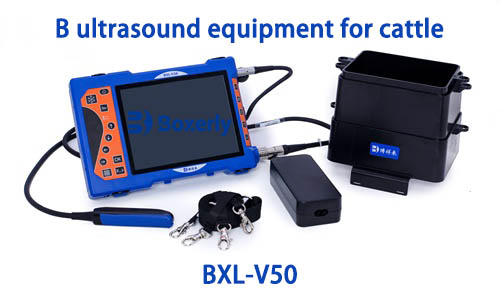If you've raised cows before, you've likely run into this situation: you've bred a cow multiple times, but her belly just isn't growing—yet she’s still eating like nothing's wrong. Chances are, that cow is "open," meaning she's not pregnant. A prolonged open period can waste feed and significantly affect your farm's profitability. That’s why being able to recognize the signs of an open cow—just by observation—is an important skill for any cattle farmer.
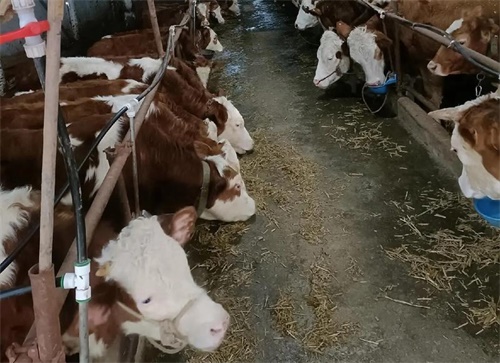
Physical Characteristics of an Open Cow
The most obvious sign of an open cow is the lack of physical change in body shape. Normally, if a cow conceives, you'll start seeing belly enlargement around three months after breeding. The right side of the abdomen in particular should begin to bulge. If you palpate the cow's belly three months post-breeding and it's still flat, and the hollows around her hips (known as the paralumbar fossae) remain angular rather than filling out, it's a strong indication she hasn't conceived.
Another giveaway is her body condition and skeletal visibility. An open cow may look thinner over time due to unaddressed nutritional demands. You might notice more prominent ribs or a sharper skeletal outline, especially if she's been open for a while and nutrient reserves are being depleted.
Hair coat is also a subtle but telling clue. Pregnant cows often have a glossy, smooth coat due to better nutrient absorption. An open cow may have dull, dry, or patchy hair, particularly on the back and rump. If her coat looks rough and tangled despite a consistent diet, it may be time to evaluate her reproductive status.
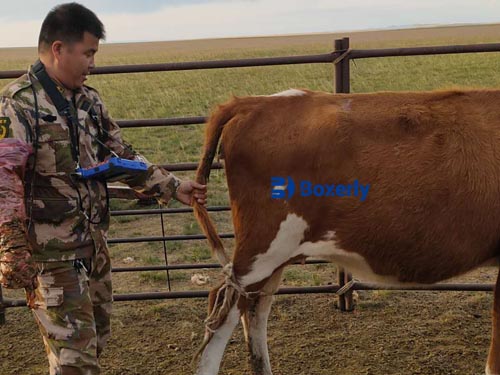
Behavioral Indicators in Daily Observation
An open cow’s behavior is usually more active than that of a pregnant one. After two months of pregnancy, cows tend to become quieter and rest more. But if your supposedly bred cow is still roaming around energetically, kicking at her belly with her hind legs, or generally acting restless, that could signal she's not pregnant.
Tail position also offers clues. Pregnant cows typically keep their tails relaxed and down. Open cows, on the other hand, often lift or twitch their tails, especially during times when other cows are in heat. If you see this happening repeatedly, it’s time to investigate further.
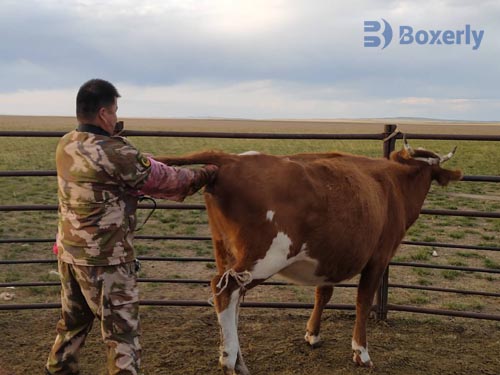
Estrus Signs: The Most Reliable Indicator
The clearest sign that a cow is open is the return of estrus (heat). A normal cow cycles about every 21 days. So, if she goes through two full cycles—around 42 days—after breeding and you see signs like vulvar swelling, clear mucus discharge, frequent bellowing, or her actively mounting or being mounted by others, she almost certainly isn’t pregnant. Timely rechecking and rebreeding can help avoid long delays between pregnancies.
Many farmers keep breeding records in notebooks or digital logs. Tracking insemination dates helps predict due dates and detect potential open cows early.
Modern Tools to Confirm Pregnancy
Today, many farms use Veterinary ultrasound equipment to confirm pregnancies. For example, with a rectal probe and a cow ultrasound like the BXL series, you can detect a gestational sac as early as 24 days post-breeding—more than a month earlier than traditional palpation.
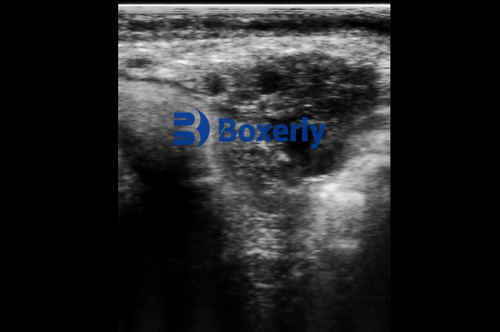
Still, for smaller operations or farmers without such tools, learning to identify visual and behavioral signs of open cows is an effective way to stay on top of herd reproduction. Regular observation and keen attention can save both time and feed—and improve your breeding success rates significantly.
tags:


